A row between farmers, Dairy Industry Ireland (DII), the IFA, the ICMSA and ICOS has intensified this week as co-op boards met to discuss milk pricing for January.
Some co-ops have decided to delay announcing milk price at 3.4% protein and 4.2% fat as announced by DII last week.
The Lakeland board has held any decision for the moment.
Dairygold Co-op only put the price at 3.3% protein and 3.6% fat in its text message to suppliers.
In its announcement, Glanbia didn’t include its milk price at co-op solids, but included the price at 3.4% protein and 4.2% fat.
The west Cork co-ops in general have decided against including this measure but no final decision taken yet as it was the first they had heard of the issue.
Arrabawn and Aurivo have not decided yet what to include. The Aurivo board meets on Thursday this week.
Milk pricing is a co-op board issue except for Kerry Group. ICOS is the umbrella body for co-ops in Ireland.
An ICOS representative said this matter was discussed at the ICOS dairy committee but not the ICOS board. We understand it did not receive unanimous approval so it was parked.
We understand the next ICOS committee members heard about this was that DII was coming out with the proposal. The IFA has come out strongly on the issue again this week.
Who is DII?
One of the key issues in this row that has frustrated farmers is many are wondering exactly who DII is.
DII is an umbrella organisation that represents management executives in 19 companies, nine of which are milk processing companies such as Dairygold, Glanbia, Kerry, etc.
The other dairy companies they represent are infant formula companies such as Wyeth and Danone, etc. How are DII funded? Member companies pay an annual affiliation fee to DII.
So in the case of Dairygold, which is a co-op, it is farmer money that is paying for the affiliation fee to DII. A spokesperson for DII said he wasn’t sure on the exact annual turnover of DII but it is less than €500,000.
Milk pricing: who’s in charge?
The announcement by Dairy Industry Ireland (DII) last week that processors would now be quoting milk price at 3.4% protein and 4.2% fat was unwelcome. Such a move is simply aiming to make milk price look better than it actually is.
Fundamentally, it should have no impact on the cheque received by farmers, but under the new regime milk prices will appear more healthy quoting in the mid-30s as opposed to hovering just around the 30c benchmark we have become so reluctantly used to.
To overcome poor prices, farmers have focused on improving their solids per litre of milk. The gains achieved by farmers above the base price belong to the farmers, certainly not for processors to poach to suggest a better price is being paid.
The more fundamental question is, who led the charge on this?
DII represents the interests of Ireland’s primary and secondary dairy processors and is governed by a council composed of the CEOs of all member companies.
Farmer representatives
There are no farmer representatives on its council. Yet, in recent times, it has tended towards getting involved in farmer affairs. A change to the way milk price is quoted is beyond the remit of DII.
Surely this is an issue that should have been addressed by ICOS? Their dairy committee is made up of farmers and farmer board members.
This is a watershed moment for Irish dairy representation. Many farmers in other sectors cite farmer input into decision-making as a fundamental part of the dairy sector’s success.
They often contrast this with the situation on the meat side which is dominated by beef barons with MII, a fellow sector of Ibec, acting as its spokesperson. Is this the direction of travel for the Irish dairy sector? Will DII be calling the shots without farmer input?
This is now a key moment for ICOS and farmer board members. They must stand up and be counted. This decision must be paused until a proper discussion takes place.
Ultimately, milk price is a decision for the board within each processor. Former IFA dairy chair Tom Phelan on behalf of the committee wrote to all CEOs at the beginning of February, outlining our opposition to this move.
He specifically asked that this letter be read out at all upcoming board meetings. DII responded to the letter claiming the change was a response to a recommendation in the recently published CIT/Teagasc report.
This report, which was supported by Dairygold, stated that ‘consideration should be given’ to using the LTO (European) standard of 4.2% milk fat and 3.4% protein. Given that only three Irish processors are listed on the LTO list, and most importantly are consistently ranked in the bottom third, we don’t believe that this is particularly relevant for farmers.
What DII has selectively ignored is the recommendation in the same report to move to reporting a price per kilo of milk solids replacing the current practice of reporting a price per litre.
This would be a welcome move as it would ensure complete transparency for milk pricing.
Read more
Dairy Industry Ireland accused of deliberate undermining of milk price
Milk prices to be quoted at 4.2% fat and 3.4% protein
Milk price: putting a shine on an old tractor
A row between farmers, Dairy Industry Ireland (DII), the IFA, the ICMSA and ICOS has intensified this week as co-op boards met to discuss milk pricing for January.
Some co-ops have decided to delay announcing milk price at 3.4% protein and 4.2% fat as announced by DII last week.
The Lakeland board has held any decision for the moment.
Dairygold Co-op only put the price at 3.3% protein and 3.6% fat in its text message to suppliers.
In its announcement, Glanbia didn’t include its milk price at co-op solids, but included the price at 3.4% protein and 4.2% fat.
The west Cork co-ops in general have decided against including this measure but no final decision taken yet as it was the first they had heard of the issue.
Arrabawn and Aurivo have not decided yet what to include. The Aurivo board meets on Thursday this week.
Milk pricing is a co-op board issue except for Kerry Group. ICOS is the umbrella body for co-ops in Ireland.
An ICOS representative said this matter was discussed at the ICOS dairy committee but not the ICOS board. We understand it did not receive unanimous approval so it was parked.
We understand the next ICOS committee members heard about this was that DII was coming out with the proposal. The IFA has come out strongly on the issue again this week.
Who is DII?
One of the key issues in this row that has frustrated farmers is many are wondering exactly who DII is.
DII is an umbrella organisation that represents management executives in 19 companies, nine of which are milk processing companies such as Dairygold, Glanbia, Kerry, etc.
The other dairy companies they represent are infant formula companies such as Wyeth and Danone, etc. How are DII funded? Member companies pay an annual affiliation fee to DII.
So in the case of Dairygold, which is a co-op, it is farmer money that is paying for the affiliation fee to DII. A spokesperson for DII said he wasn’t sure on the exact annual turnover of DII but it is less than €500,000.
Milk pricing: who’s in charge?
The announcement by Dairy Industry Ireland (DII) last week that processors would now be quoting milk price at 3.4% protein and 4.2% fat was unwelcome. Such a move is simply aiming to make milk price look better than it actually is.
Fundamentally, it should have no impact on the cheque received by farmers, but under the new regime milk prices will appear more healthy quoting in the mid-30s as opposed to hovering just around the 30c benchmark we have become so reluctantly used to.
To overcome poor prices, farmers have focused on improving their solids per litre of milk. The gains achieved by farmers above the base price belong to the farmers, certainly not for processors to poach to suggest a better price is being paid.
The more fundamental question is, who led the charge on this?
DII represents the interests of Ireland’s primary and secondary dairy processors and is governed by a council composed of the CEOs of all member companies.
Farmer representatives
There are no farmer representatives on its council. Yet, in recent times, it has tended towards getting involved in farmer affairs. A change to the way milk price is quoted is beyond the remit of DII.
Surely this is an issue that should have been addressed by ICOS? Their dairy committee is made up of farmers and farmer board members.
This is a watershed moment for Irish dairy representation. Many farmers in other sectors cite farmer input into decision-making as a fundamental part of the dairy sector’s success.
They often contrast this with the situation on the meat side which is dominated by beef barons with MII, a fellow sector of Ibec, acting as its spokesperson. Is this the direction of travel for the Irish dairy sector? Will DII be calling the shots without farmer input?
This is now a key moment for ICOS and farmer board members. They must stand up and be counted. This decision must be paused until a proper discussion takes place.
Ultimately, milk price is a decision for the board within each processor. Former IFA dairy chair Tom Phelan on behalf of the committee wrote to all CEOs at the beginning of February, outlining our opposition to this move.
He specifically asked that this letter be read out at all upcoming board meetings. DII responded to the letter claiming the change was a response to a recommendation in the recently published CIT/Teagasc report.
This report, which was supported by Dairygold, stated that ‘consideration should be given’ to using the LTO (European) standard of 4.2% milk fat and 3.4% protein. Given that only three Irish processors are listed on the LTO list, and most importantly are consistently ranked in the bottom third, we don’t believe that this is particularly relevant for farmers.
What DII has selectively ignored is the recommendation in the same report to move to reporting a price per kilo of milk solids replacing the current practice of reporting a price per litre.
This would be a welcome move as it would ensure complete transparency for milk pricing.
Read more
Dairy Industry Ireland accused of deliberate undermining of milk price
Milk prices to be quoted at 4.2% fat and 3.4% protein
Milk price: putting a shine on an old tractor




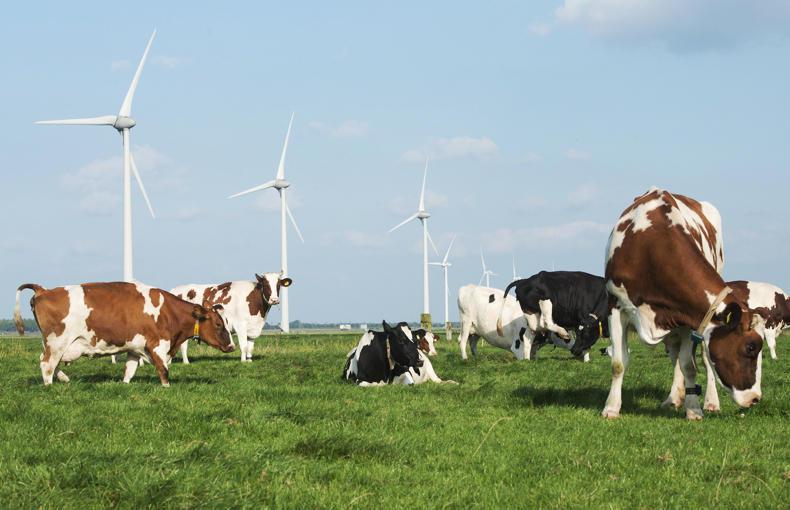
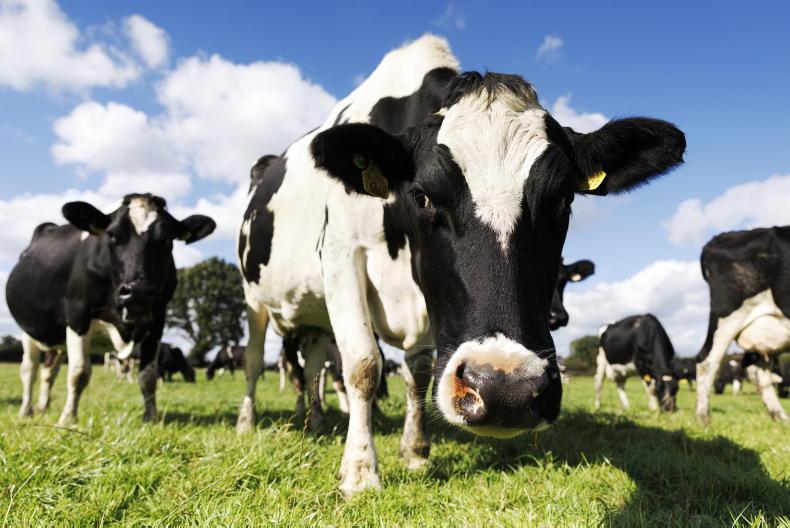
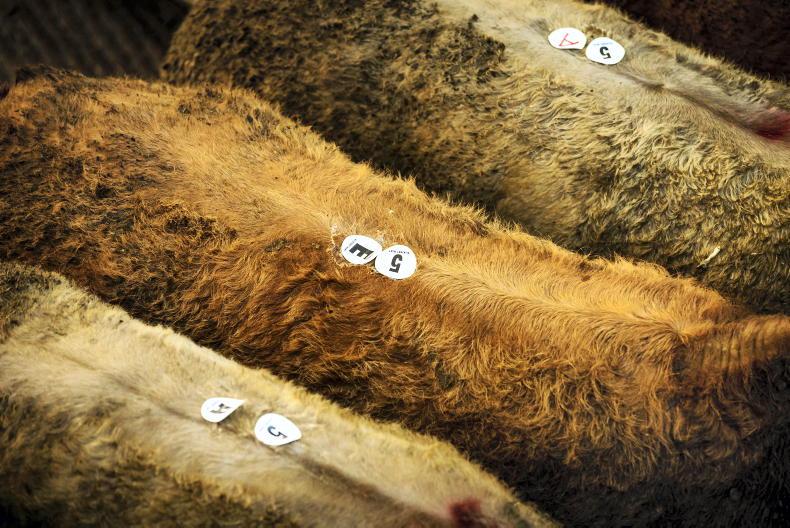
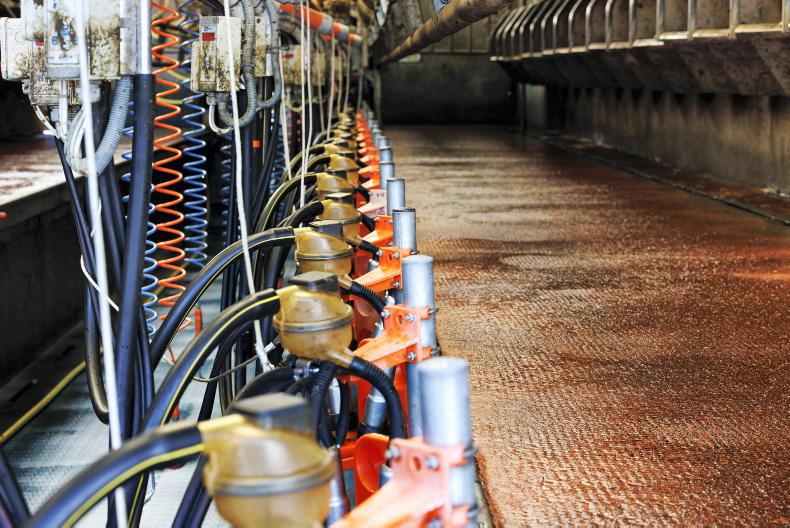
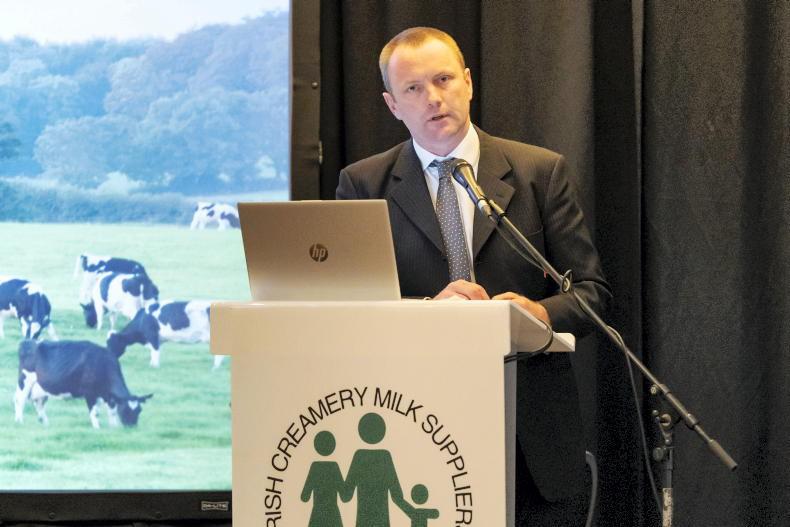
SHARING OPTIONS